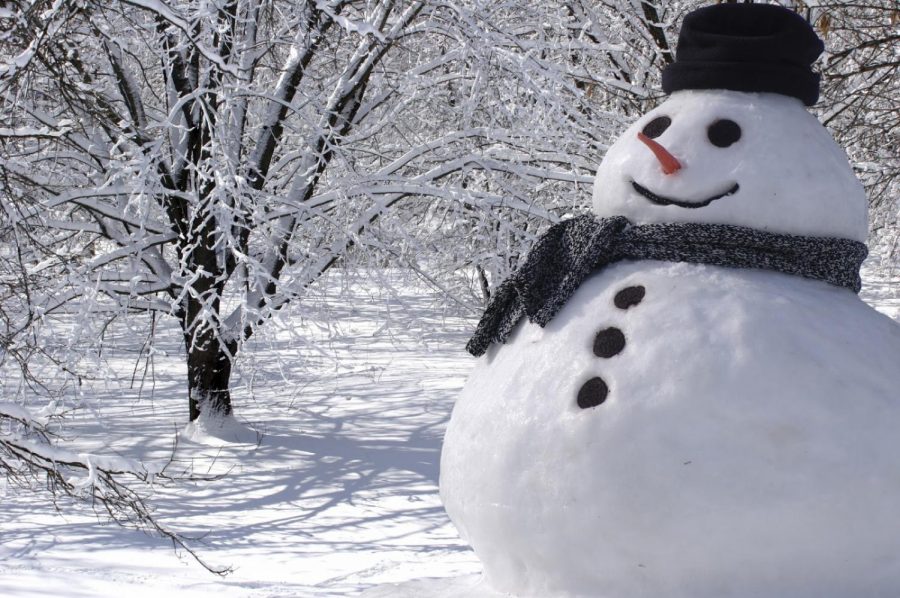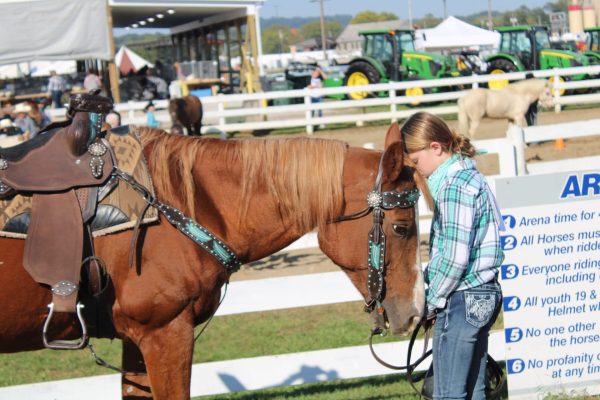The History of the Snowman
When winter arrives, the snowman is a symbol that expresses the season’s spirit and brings joy in festivity. Just like the flower blossoms for spring or pumpkin carvings in autumn, the snowman is a very well-known seasonal figure that makes the winter season filled with lightheartedness. When the perfect snowfall arrives, the snowman usually goes right along with it. Balls of snow are piled upon one another and stacked to portray the body of the snowman, and any household items are creatively added to make a seasonal friend accompany your front yard. It takes some effort along with the ideal type of snow to make such a magical being. The history of how this frozen “Forest Gump” originated adds perspective and insight into this traditional winter figure.
To get an exact date of when the first snowman was created can’t be distinguished exactly, but dates of the oldest snowman recorded can be estimated. Bob Eckstein, author of The History of the Snowman, mentions the earliest traces of when the snowman was documented. A manuscript called the Book of Hours depicts a tiny snowman illustrated in the medieval devotion dating back to 1380. He adds how the snowman was a form of entertainment popular during the Middle Ages. Back in the 14th century, snowmen were one of a kind. Children constantly made them, and even adults would use them as a means for creative expression, often represented in galleries where snow sculptures or figures were displayed.
The earliest form of photography of a snowman was captured in 1853 by Mary Dillwyn, a Welsh photographer. Not only is Dillwyn’s the oldest photo of the snowman, but it is also one of the first photographs after the invention of the camera. She wanted to experiment with the new technology, and the snowman was one of the first to be captured. The photograph to this day is stored in the National Library of Wales.
Snowmen have shown up at certain points in history where it may seem unexpected. The “Winter of Death” of 1511 in Brussels, Belgium was a period of prolonged cold and caused much suffering for the people of Belgium. A snowman festival was held to help improve spirits during the numbing six weeks of freezing isolation. Snowmen were made all throughout Brussels and were a moment the citizens could express creative freedom in the midst of a dreadful winter. A total of 110 snow sculptures were placed around the city.
We often don’t give much thought to the backstory of our neighborhood “Frosities”. (But snow sculptures date back many centuries where it is used as a form of folk art and creative expression during the chilly winter months.) The history behind this anthropomorphic frozen being offers insight into the centuries-old tradition of passing the long winter months through the creation of cheerful figures of snow. This winter, should inspiration strike, keep in mind that you are walking in a worldwide tradition dating back centuries as you stack snow and create your own symbol of winter.

Emmy is a senior and a second-year member of the Crimsonian staff. She participates in cross country, track, chamber orchestra, pit orchestra, and NHS....






